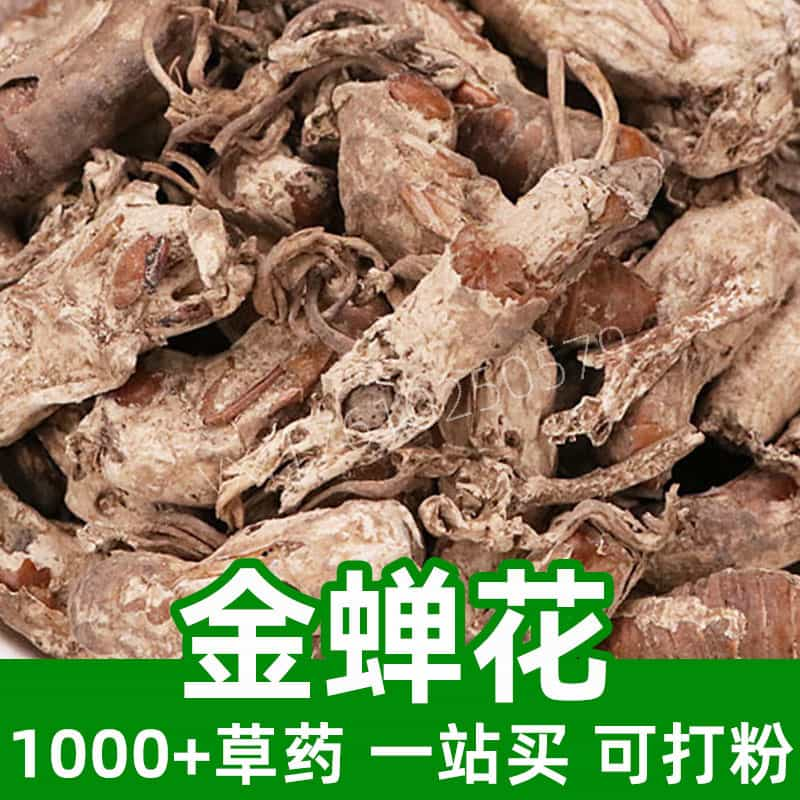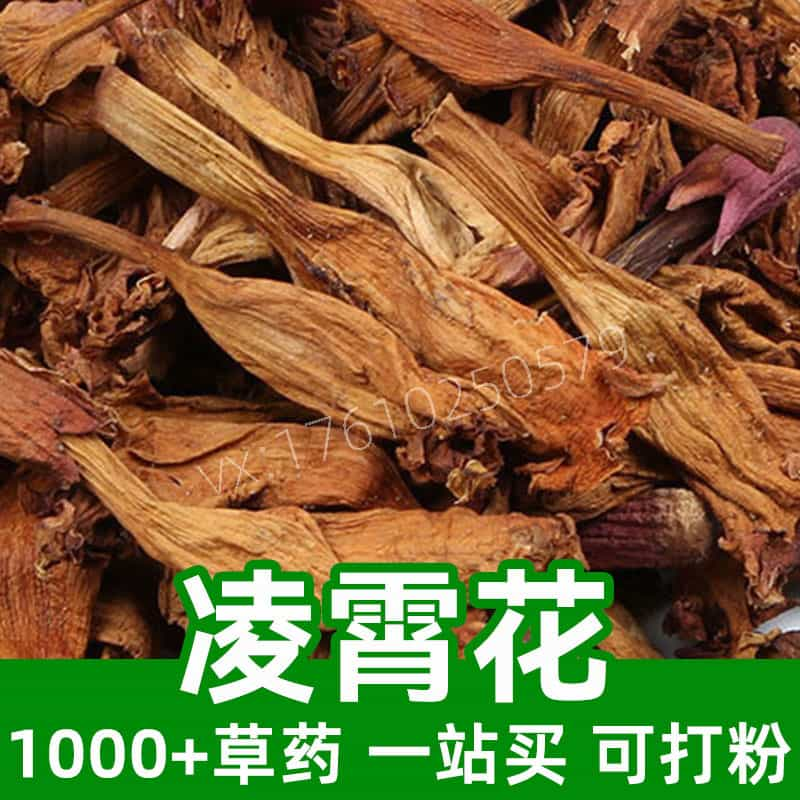Product Introduction for Orange Red
Orange Red is a natural pigment primarily sourced from the peels of citrus fruits. Its main components are flavonoids like hesperidin, making it an excellent coloring agent in the food industry. Orange Red is commonly used to add vibrant orange-red color to citrus products, jellies, candies, beverages, and more, enhancing the product's appearance and appeal to consumers.
Main Active Components of Orange Red
Orange Red contains several active components, primarily flavonoids such as hesperidin and naringin. These compounds are found in the peels of citrus fruits and are known for their antioxidant, anti-inflammatory, and antibacterial properties.
As a food coloring agent, Orange Red is used to enhance the color and visual appeal of products. It provides a bright orange-red hue, making products more attractive. Orange Red is commonly added to citrus products, jellies, candies, and beverages.
Chemically, hesperidin is a flavonoid with multiple benzene rings and hydroxyl groups, giving it strong antioxidant properties. This antioxidant capacity helps protect food from oxidation and spoilage, extending the shelf life of products.
Beyond its use as a food colorant, hesperidin in Orange Red has medicinal value. It has anti-inflammatory, antibacterial, antioxidant, and lipid-lowering effects, making it useful in traditional medicine and health products. Hesperidin is often used in herbal formulations to regulate oxidative stress and enhance the body's disease resistance.
In summary, the main active component of Orange Red is hesperidin, a flavonoid with antioxidant, anti-inflammatory, and antibacterial properties. In the food industry, Orange Red is primarily used as a coloring agent to enhance product appearance, while in traditional medicine and health products, it has medicinal value for regulating oxidative stress and boosting disease resistance.
Applications and Dosage of Orange Red
Orange Red has extensive applications in both the food and traditional medicine fields:
- Food Applications:
- Commonly used in jellies, candies, beverages, ice cream, jams, and other foods to enhance color and product appeal.
- Dosage: Typically added according to food production needs, ranging from 0.01% to 0.1% of the total food weight, adjusted based on the product formula and requirements.
- Traditional Medicine Applications:
- Hesperidin, the main active component of Orange Red, has antioxidant, anti-inflammatory, antibacterial, and lipid-lowering effects, used to regulate oxidative stress and enhance the body's disease resistance.
- It can be used as an herbal medicine or part of an herbal formula. Commonly used for clearing heat, detoxifying, resolving phlegm, and relieving cough.
- Dosage: Generally, the daily intake as an herbal medicine ranges from 3 to 10 grams, adjusted based on specific symptoms and individual constitution.
Overall, Orange Red is primarily used as a food coloring agent to enhance color and product appeal, with dosage adjusted according to food production needs. In traditional medicine, hesperidin is used to regulate oxidative stress and boost disease resistance, with dosage determined by herbalist prescriptions.
Source Plant, Distribution, and Growth Environment of Orange Red
Orange Red is a natural pigment derived from the peels of citrus plants, such as oranges, tangerines, and grapefruits. Here is a detailed overview of the source plant, distribution, and growth environment of Orange Red:
- Source Plants:
- Orange Red is mainly extracted from the peels of citrus plants, including oranges, tangerines, and grapefruits. These peels are rich in Orange Red pigment, making them important raw materials for extraction.
- Distribution:
- Citrus plants are widely distributed, primarily growing in subtropical and tropical regions, including China, India, Brazil, the United States, and Spain.
- In China, citrus plants are mainly found south of the Yangtze River, including Guangdong, Fujian, Guangxi, Jiangxi, and Hunan provinces.
- Growth Environment:
- Citrus plants prefer warm and humid climates, with optimal growth temperatures between 15°C and 35°C and annual precipitation of 1000 to 2000 millimeters.
- They thrive in loose, fertile, well-drained soil. Ideal soil pH ranges from 5.5 to 7.0.
- Growth Habits:
- Citrus plants are evergreen trees with beautiful shapes, typically 3 to 10 meters tall, with dense crowns and smooth leaves.
- Citrus trees are highly adaptable and grow quickly, usually bearing fruit within 3 to 5 years. Fruit ripening typically occurs in winter to spring.
- Cultivation and Planting:
- Citrus plants are common economic trees, propagated by seeds, grafting, or cuttings.
- Proper management measures, including regular pruning, fertilization, irrigation, and pest control, are necessary to ensure healthy growth and high yields.
Overall, Orange Red is derived from citrus plants, widely distributed and thriving in subtropical and tropical regions. Proper cultivation and planting measures are essential for healthy growth and high yields.
Harvesting, Processing, and Storage of Orange Red
The harvesting, processing, and storage of Orange Red are critical to maintaining its quality and stability:
- Harvesting:
- Orange Red is typically harvested during the citrus ripening period, from winter to spring. The fruit should be vibrant red and full, with peels rich in Orange Red pigment.
- Harvest on sunny days with dry fruit surfaces, avoiding rain-soaked fruit.
- Processing:
- After harvesting, sort the fruit, removing damaged, rotten, and poor-quality fruits, retaining the intact ones.
- Peel the fruit, using water washing or mechanical peeling to remove impurities from the peels.
- Dry the peeled fruit in the sun or using a drying process to reduce moisture content and increase the concentration of Orange Red pigment.
- Storage:
- Orange Red is typically stored in a dry form, in a well-ventilated, dry environment, avoiding direct sunlight and humidity.
- Store in well-ventilated baskets or paper bags to prevent mold and pests.
- Regularly inspect the quality of Orange Red during storage, promptly removing any spoiled or moldy fruit to ensure product quality and safety.
- Shelf Life:
- Properly stored Orange Red can maintain stability for extended periods, typically 6 months to a year.
- To ensure product quality, use within the recommended shelf life and regularly refresh with new raw materials.
In conclusion, the harvesting, processing, and storage of Orange Red are critical to maintaining its quality and stability. Proper timing, processing methods, and storage conditions help preserve the color, aroma, and nutritional content of Orange Red, extending its shelf life and meeting various industry needs.
Monica Sun is a seasoned expert in the natural raw materials industry, with over a decade of experience specializing in traditional Chinese medicinal herbs, spices, and fungi. She is skilled in the sourcing, processing, and application of these materials, emphasizing sustainability and innovation. Monica Sun has contributed to the development of high-quality natural raw materials that serve as essential components in functional foods, pharmaceuticals, and cosmetics, delivering tailored solutions to meet diverse market needs.













